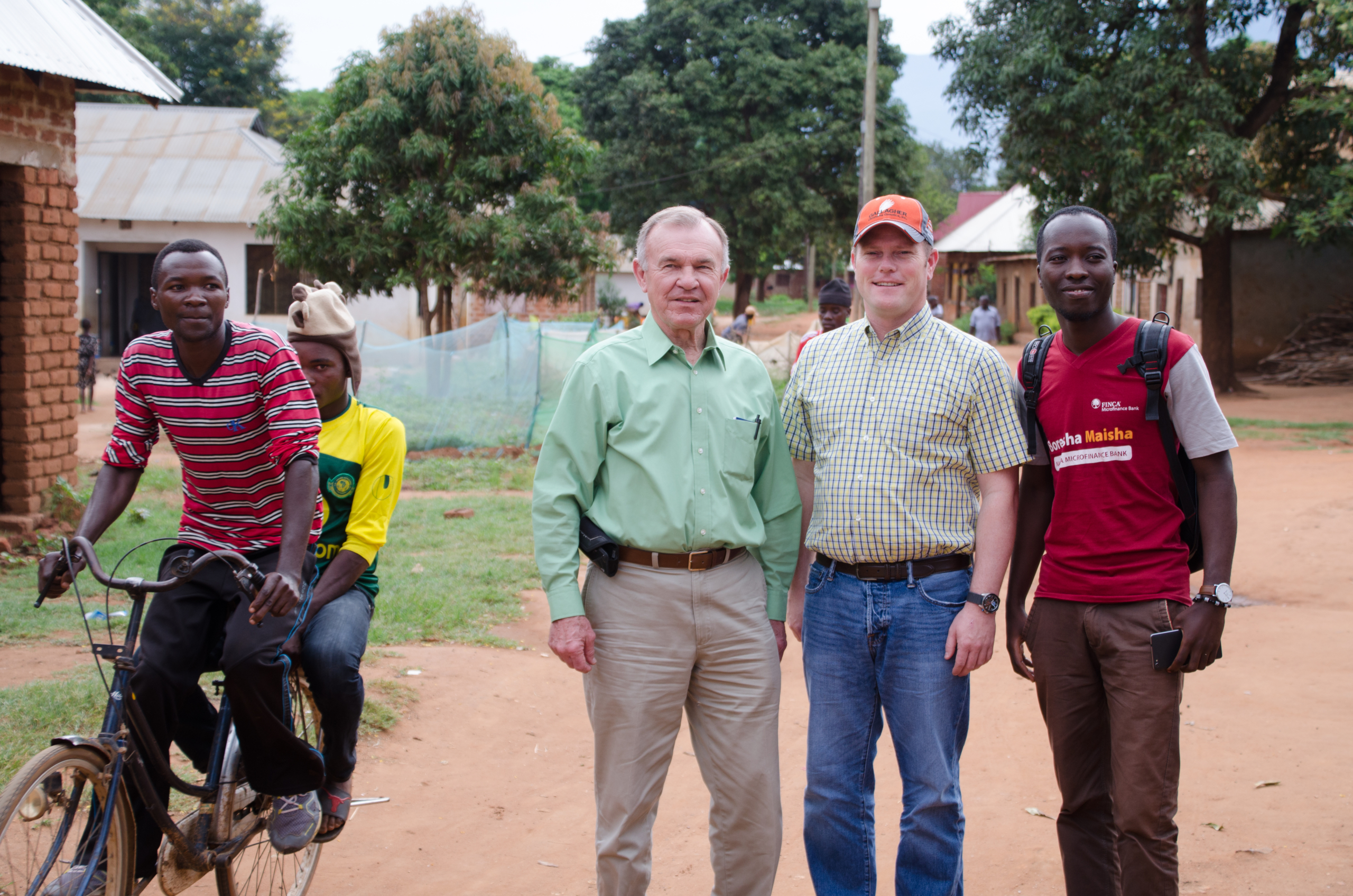By Stephanie Bryant-Erdmann, USW Market Analyst
In the Nov. 2, 2017, issue of “Wheat Letter,” we analyzed the tight supply of high protein U.S. wheat (minimum of 13.0 percent protein at 12 percent moisture basis (mb)) and its effects on pricing. The latest production and quality analysis suggests that global high protein wheat production in marketing year 2017/18 is down as much as 39 percent from average. That strengthens the conclusion that price premiums will continue at least into the first quarter of marketing year 2018/19 (June to May).
Based on available data, U.S. Wheat Associates (USW) has estimated that the world’s wheat suppliers produce about 50 million metric tons (MMT) of high protein wheat in an “average” year. Of that total, USW estimated that about 27 MMT on average are available to export markets, including:
- 0 MMT of hard red spring (HRS) from the United States;
- 0 MMT of Canadian Western Red Spring (CWRS);
- 0 MMT from Kazakhstan, Russia and Ukraine; and
- 0 MMT of Australian Prime Hard (APH) and Australian Hard (AH).
Looking at 2017/18, high protein wheat production was well below average.
USDA data showed that total U.S. HRS production was down 26 percent year over year at 10.5 MMT, with about 9.0 MMT having at least 13.0 percent protein (12 percent mb). Roughly half of U.S. HRS is exported annually, putting U.S. high protein HRS exports at 4.5 MMT. Carry-in stocks from 2016/17 totaling 6.4 MMT push total HRS supply higher, and potentially also enlarge the supply of high protein HRS. In 2016/17, the average protein was 14.6 percent (12 percent mb), but the protein content of the remaining stocks carried into 2017/18 is unknown. Year to date, the Federal Grain Inspection Service has inspected 3.94 MMT of HRS, 98 percent of which had at least 13.0 percent protein (12 percent mb), and USDA reported an additional 1.26 MMT of HRS sales that have not yet shipped as of Jan. 25. To meet that demand, high protein HRS stocks will need to be pulled out of storage, indicating premiums for HRS are unlikely to shrink in 2017/18.
Of the 19.2 MMT of CWRS produced in 2017/18, about 78 percent, or 15.0 MMT, graded #1 CWRS according to Canadian International Grains Institute (CIGI) data. The average protein for #1 CWRS is 13 percent (12 percent mb), with roughly 75 percent of #1 CWRS samples averaging above 13.0 percent (12 percent mb). If production values match sampling ratios, then Canada produced roughly 11.0 MMT of high protein wheat in 2017/18. On average, Canada exports roughly 70 percent of total wheat production putting total high protein wheat exports at an estimated 8.0 MMT. Weber Commodities, a Canadian-based analyst firm, believes Canada carried in just 1.0 MMT of high protein stocks, putting the estimated total Canadian high protein wheat exportable supply at 9.0 MMT.
Black Sea high protein exports are expected to fall to 3.0 MMT — all from Kazakhstan — due to above average rainfall that significantly lowered protein levels in Russian and Ukrainian wheat.
Australian Prime Hard is only produced in Queensland and New South Wales where La Niña-related drought conditions have sharply cut yields. Generally dry conditions are also expected to hurt Australian Hard wheat yields. USW estimates that Aussie high protein exportable supplies will only reach about 1.5 MMT.
The shrinking supply of high protein wheat can be seen in the prices of the top suppliers. According to the International Grains Council (IGC), the average price for 13.5 percent protein (12 percent mb) HRS exported from the Pacific Northwest (PNW) is up 16 percent year over year. IGC uses the Canadian designation of CWRS as 13.5 percent protein (13.5 percent mb). It reports CWRS prices from both Vancouver and St. Lawrence show an increase of 24 percent year over year. Meanwhile, lower protein wheat producers, such as Argentina, have seen prices fall 4 percent year over year due to the large supply of lower protein wheat.
Here is a table summarizing USW’s estimate of the big cut in global high protein wheat supplies in 2017/18 compared to an average, or “typical” year.
Average Export Supply 2017/18 Estimated Supply
U.S. HRS 6.0 MMT 4.5 MMT
CWRS 11.0 MMT 8.0 MMT
Black Sea 7.0 MMT 3.0 MMT
APH/AH 3.0 MMT 1.5 MMT
Total 27.0 MMT 17.0 MMT






